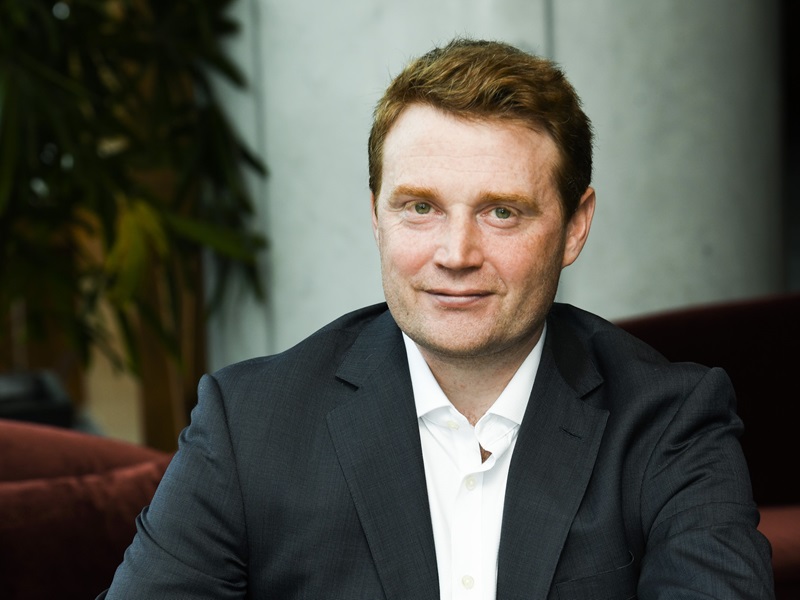
The investment world is using insufficient methods to deal with long-term development challenges, which are impeding our ability to realize environmental, social and governance goals globally, said John Gilmore, investment analyst and portfolio manager at Martin Currie, part of Franklin Templeton, during the Canadian Investment Review’s 2024 Investment Innovation Conference.
Despite the sustainable development goals adopted by the United Nations in 2015, which include 169 different targets, progress has been manifestly below expectations, he said, noting 50 per cent of those targets are behind schedule.
“What we try to do in thinking about . . . impact investing [in the context] of public equities is to try and find ways to motivate and catalyze more capital to invest with a specific focus on impact.”
Read: 2022 IIC conference coverage: Four major misconceptions about fixed income impact investing
Impact investment is a distinct proposition because it moves the conversation beyond ESG to something more tangible and specific that has more utility to end investors, he added. “There is a broad misconception that there is a trade-off from a return perspective through investing in ESG, but specifically within impact.”
Disagreeing with this notion, Gilmore cited a recent survey by the Global Impact Investing Network that found 74 per cent of impact investments from global institutional investors are done with a focus on risk-adjusted market rates of return. “There’s a very small minority of impact investments that are done either for capital preservation or for a basis of below market returns. And that’s important because a growing body of evidence suggests that we’re meeting those return expectations.”
Indeed, Martin Currie’s impact equity team seeks to invest in disruptive and innovative companies that are providing solutions to societal challenges. He noted there’s $4 trillion worth of unfunded development opportunity that’s ripe for innovative solutions to create growth. “We’re very much focused on innovative solutions that have a long duration of growth opportunity that we think is a really interesting opportunity set for impact investments.”
The impact equity team also looks for opportunities that offer diversification and a behavioural perspective that isn’t concentrated on regret, aversion and performance chasing. “What we remain focused on is finding those businesses where we can have a definable social outcome attractive investing capabilities.”
Impact-related assets under management globally are $1.6 trillion, said Gilmore, slightly more than one per cent of global AUM, which is helping the industry to overcome recent negative sentiment regarding ESG investing. Part of the innovation and solution that impact investing brings is clarity and transparency in what investors are trying to achieve, he added, noting being more transparent has allowed the public equity and public debt markets to experience the fastest growing parts of the impact investing landscape.
“The overall market has been growing at 14 per cent [at a compound annual growth rate] over the last five years. Public equity and public debt have been growing faster than that. Public equities have been growing at a 19 per cent CAGR. And that’s been based off a number of regulatory and academic developments . . . over the last five years.”
Impact investing also relies on robust evidence and data, which fuels innovation — indeed, Martin Currie uses a framework with five key vectors to determine end impact, noted Gilmore.
“The more guard rails we can put around the impact investing process and making sure that impact is at the heart of that, I think you have a more credible and authentic product at the end of it. It’s more measurable and transparent and, ultimately, helps fulfil both the impact as well as financial goals of end investors.”
Read more coverage of the 2024 Investment Innovation Conference.
